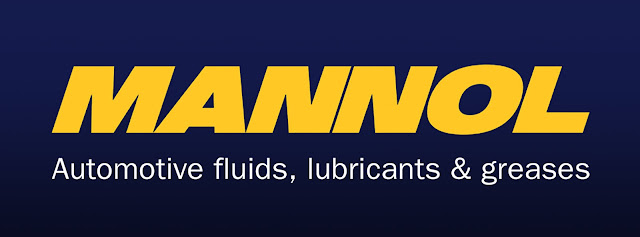What are Friction Modifiers?
"What is a friction modifier? How do these modifiers help in industrial gear oil?"
Friction modifiers and mild anti-wear agents are polar molecules added to lubricants for the purpose of minimizing light surface contacts (sliding and rolling) that may occur in a given machine design. These are also called boundary lubrication additives.
Esters, natural and synthetic fatty acids as well as some solid materials such as graphite and molybdenum disulfide are used for these purposes. These molecules have a polar end (head) and an oil-soluble end (tail). Once placed into service, the polar end of the molecule finds a metal surface and attaches itself. If you could see the orientation of the molecules on the surface, it would appear something like the fibers of a carpet, with each molecule stacked vertically beside the others.
As long as the frictional contact is light, these molecules provide a cushioning effect when one of the coated surfaces connects with another coated surface. If the contact is heavy, then the molecules are brushed off, eliminating any potential benefit of the additive.
When the machine designer anticipates more than light surface contact (from shock loading, for instance), then the designer would select a stronger type of friction modifier characterized as an anti-wear additive. Zinc dialkyldithiophosphate (ZDDP) is a common anti-wear agent. This type of additive literally reacts with the metal surface when the reaction energy (temperature) is high enough. The reaction layer provides sacrificial surface protection.
As the loading and metallic contact increase, the strength of the additive and reaction process increases. This leads to the use of sulfur-phosphorus based extreme pressure (EP) chemicals. The EP additives form organo-metallic salts on the loaded surfaces that serve as sacrificial films to protect against aggressive surface damage.
There are two main types of EP additives, those that are temperature-dependent, and those that are not. The most common temperature-dependent types include boron, chlorine, phosphorus and sulfur. They are activated by reacting with the metal surface when the temperatures are elevated due to the extreme pressure. The chemical reaction between the additive and metal surface is driven by the heat produced from friction.
Much like when you rub your hands together, as the metal surfaces come in contact with one another, there is heat generated by means of friction and pressure. In reacting with the metal surface, these additive types form new compounds such as iron chlorides, iron phosphides and iron sulfides (dependent upon which compound is used). The metal salts produce a chemical (soap-like) film that acts as a barrier to reduce friction, wear and metal scoring, and eliminate the possibility of welding.
Link From : http://www.machinerylubrication.com/Read/28815/what-are-friction-modifiers
Link From : http://www.machinerylubrication.com/Read/28815/what-are-friction-modifiers



Comments
Post a Comment